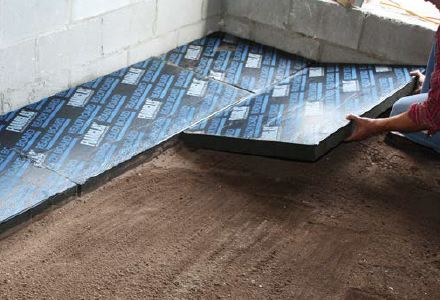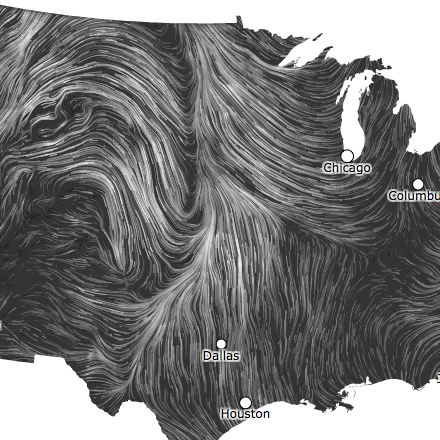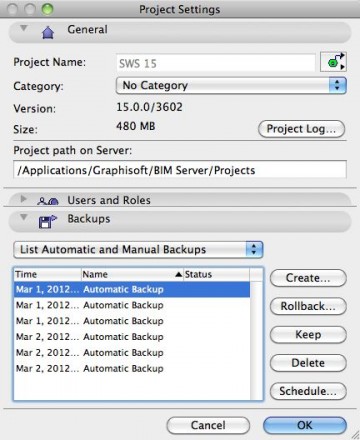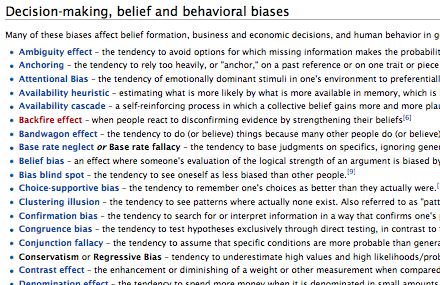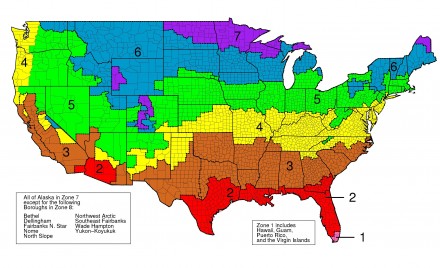
Give Mr. Water and inch and he sneaks in to take a mile. The Cloak of Vapor Invisibility is one of his best disguises.
Here’s a little quiz:
Do you know our climate zone?
Do you know the thickness of rigid insulation required by code on the outside of wall sheathing?
Do you know the required thickness of rigid insulation above the roof sheathing, for unvented cathedral ceiling assemblies with vapor-permeable insulation below the sheathing?
Do you know where the vapor barrier should be placed in a wall in our climate?*
Did you know that the best insulation comes in a board version that is rigid enough to screw 1×3 furring strips through without deflection?
Do you know the correct techniques for specifying and installing dense-pack cellulose insulation in walls and ceilings?
Do you know where to get ROXUL mineral-wool insulation locally?
We use walls to climate-control an interior, and also, weirdly, for the distribution of pipes and wires. Do you know that one of the best ways to vapor-seal your residential wall assembly also sorts out the pipes and wires from the insulation, thereby improving effectiveness of both?
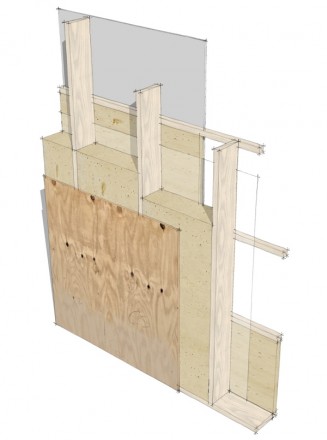
Do you have good ideas about how to get a vapor-seal to span the band board required by standard western platform framing, when a vapor-seal is indicated by the building’s climate zone?
What does your thermal barrier checklist look like? Here is the one provided by the 2009 IRC.
And finally, do you understand the difference between a vapor barrier, a vapor retarder, and an air barrier? Do you know how to properly deploy them in our climate? Did you know that for tricky hot/cold climates like that found in Virginia, there is a vapor retarder with seasonal intelligence?
* ATBVO is the acronym to keep in mind for Virginia, according to our favorite energy consultant. “Air tight, but vapor open” to both sides.

